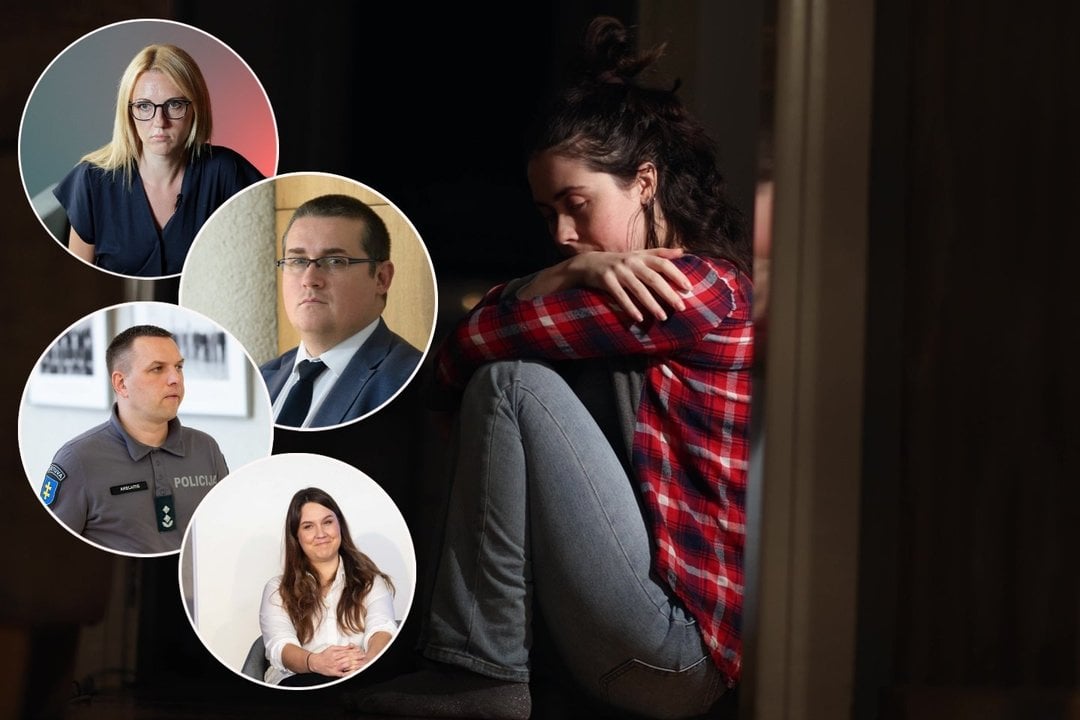The more economically developed a country is, the higher its consumption and, consequently, the higher the amount of waste and pollution generated by production. A circular economy is a closed process chain where production inputs and waste are managed to minimise them.
“One of the main goals of this training and our objectives as a company is to educate the public, especially young people, about recycling opportunities and sustainable choices while reducing pollution and waste. For our part, we aim to engage at least 5 million people in a dedicated circular economy training process by 2030, as well as to remove one billion pieces of problematic plastic from store shelves by 2025.
One of our key targets is to reduce emissions by at least 40% by 2030 and to be below 0 by 2050,” says Genadijus Poplavskis, business development manager for the Baltic countries at DS Smith Packaging Lithuania.
Teenagers learn to care for the world
A free circular economy lesson plan for 11-14 year-olds is already making its way to Lithuania. Thanks to this curriculum developed by a company dedicated to sustainable packaging solutions, teenagers are learning the basic principles of how society as a whole and they themselves can do their part to conserve natural resources and make sustainable choices within their own reach.
During the training, children are shown everyday examples, take part in interactive activities and watch targeted videos explaining the differences between the linear and circular economy, between buying and throwing away and recycling. They also talk about limited natural resources and how they are used by a large part of the planet and by some sustainability-based companies.
“To illustrate circularity and to compare this model with the traditional linear economy model, I use the example of the plastic bottle: the ‘take-make-dispose’ approach still used in many countries generates a huge amount of plastic waste, and we are convinced that this model needs to change. After all, a plastic bottle that is manufactured, purchased and then thrown away ends up in a landfill but could be recycled.
The bottle deposit system we have in our country is really successful and the students immediately saw it as a great way to promote circularity. In addition, the teenagers considered and suggested other alternatives, such as using drinking glasses, reusing plastic bottles or not using them at all, and looking for other materials to make bottles,” shares Poplavskis.
According to him, there was a genuine interest on the part of the students during the lessons. Not only did they listen actively and ask questions, but they also willingly carried out their tasks. The questions they asked were mostly indicative not of the recycling process itself but of what can be recycled in the first place.
“We also invited the pupils who took part in the lesson to take part in a game called ‘What can be recycled’. They were shown examples of different items and had to give a thumbs up if they could be recycled and a thumbs down if they could not.
They were also interested in how to tell, for example, when a pizza box is too dirty to be thrown in the paper bin and whether sticky notes, some of which are covered in glue, are recyclable. This shows that the younger generation is looking at the planet and the environment in a slightly different light - they are concerned about the world they will live in and are trying to find recognisable everyday processes that they themselves can make more sustainable,” adds G. Poplavskis.
Ringailė Tervydienė, a teacher of seventh-graders at Jono Basanavičius Progymnasium, echoes him, saying that it is important for pupils to know the ways in which they can contribute to the preservation of natural resources in their daily lives.
“Pupils cannot choose green energy or an eco-friendly car or decide to install a solar power plant on the roof of their own house, so it is important to give them the right tools and knowledge with examples. The term ‘circular economy’ can be intimidating, but when you hear about a cardboard box that comes back to the shop floor within a few weeks after a few weeks of circling, it becomes much clearer. In these lessons, children learn how to contribute to the circular economy before they have a say in many important and costly decisions, and why it is important,” says Tervydienė.






